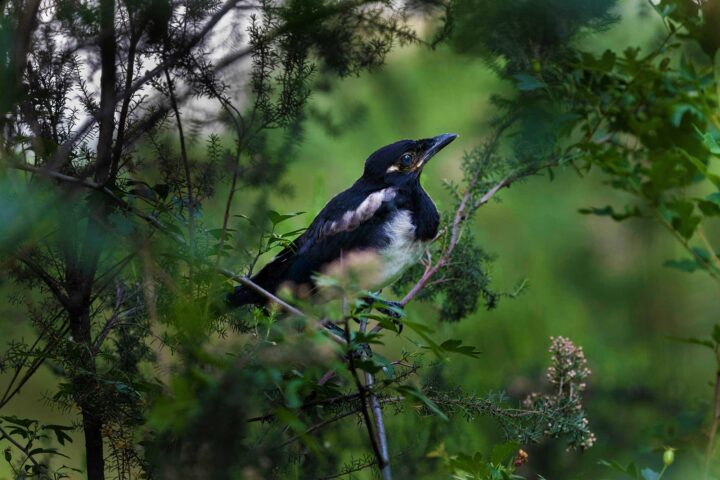Once upon a time, I taught high-school students the structure of Greek tragedies, the rhyme scheme of Shakespearean sonnets, the difference between the active and passive voice of verbs. I taught them these things, and many others, because the curriculum required it. What I really wanted to teach them was how to fall in love with literature. In my early days in the classroom, I just hadn’t quite figured out how to do it.
One day, teaching one of my own favorite poems, I turned from the blackboard to see the whole class smiling. Human emotional states are nearly always contagious, and they were responding as much to my enthusiasm as to the poem itself. That’s when it dawned on me that maybe the best way to teach my students how to fall in love with literature was simply to love it in front of them.
Decades later, long after I’d left teaching to be a full-time writer, social-media companies began to exploit the contagious nature of emotions. The longer we spend online, the angrier and sadder and more worried we become. Our young people are swimming in a cauldron of anxiety, and too often we adults — caught up in it, too — have not taught them reliable ways to find hope. To find peace.
As a rural child of the 1960s, I was free to explore the nearby world of fields and woods, free to walk barefooted in muddy creeks. In the beauty of nature, I learned, I could always find peace. In nature’s predictable cycles of renewal, I could always find hope. I don’t have time anymore to take a daily walk in the woods, but I still spend part of every day sitting on my back steps, listening to the birds.
I don’t know how many other people do that anymore. In this age of extreme busy-ness, it’s easy to forget how much pleasure comes from just sitting still and listening to the birds.
Human beings did not evolve to live at the pace of life in the 21st century. Our bodies want slow down, to live at the pace of a stride, a breath, a heartbeat. We evolved to live in tune with the creatures who share our ecosystems, but now, just when we need the natural world most, we’ve forgotten that we are a part of it ourselves.
Our own distance from it is part of why nature is in so much trouble today. The twin calamities of climate change and mass extinction are at least partly related to our own failure to remember that we are creatures, too. We belong to this world as surely as any bird or any fox or any turtle or any butterfly. We need wild things, and they need us.
Our own distance from it is part of why nature is in so much trouble today. The twin calamities of climate change and mass extinction are at least partly related to our own failure to remember that we are creatures, too. We belong to this world as surely as any bird or any fox or any turtle or any butterfly. We need wild things, and they need us.
Over the years, the more concerned I became about the dire emotional and environmental consequences of our separation from nature, the more I thought back to the days when I was trying to teach my students to fall in love with literature. I began to wonder if I could I get readers to love the natural world just by loving it in front of them, too. I wrote The Comfort of Crows because I know the natural world needs our help and because I know that feeling connected to nature will make us all feel better.
Threaded throughout are memories of my rural childhood, the early days with my husband, and our own sons’ younger years. This book about the changing seasons of the natural world is also a meditation on the changing seasons of human life. Because I am kin to the bumblebees and the garter snakes and the tree frogs, and I am kin to the crows.
You are, too.



